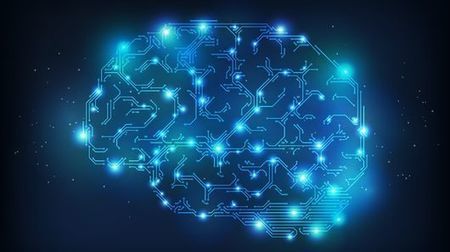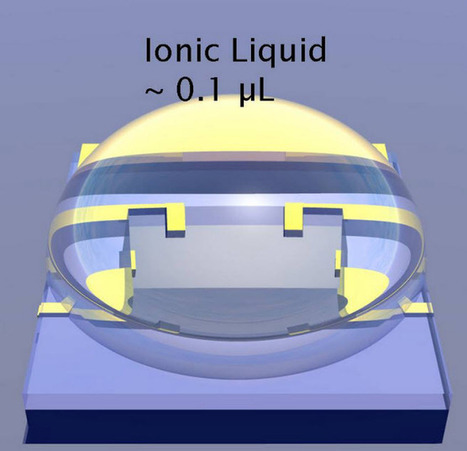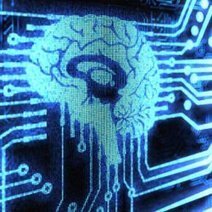Researchers at Purdue University, West Lafayette, have developed a new technology called “organismoids”, devices created from a ceramic material that mirror animal memory by learning to forget unimportant memories while retaining important ones.
Research and publish the best content.
Get Started for FREE
Sign up with Facebook Sign up with X
I don't have a Facebook or a X account
Already have an account: Login
 Your new post is loading... Your new post is loading...
 Your new post is loading... Your new post is loading...
|
Samuel Free's curator insight,
March 27, 2015 4:22 AM
Strange how complex technology resembles complex biology. i wonder if they could be amalgamated in the future. |















